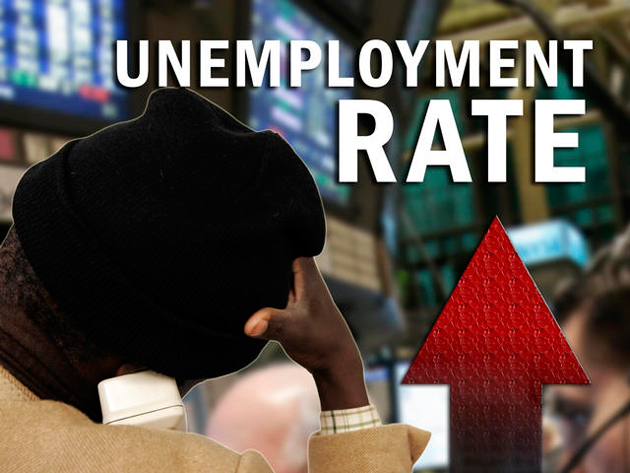The Statistical Institute of Belize, as the only official source of unemployment statistics for Belize, wishes to explain the difference in the last two unemployment rates that it has published which show a 12.5% rate in 2009 and a 23.2% rate in 2010.
The reason for the difference is that labor force surveys provide only a snapshot of the unemployment situation at the time the survey is taken. As further explained below, the 12.5% rate was based on a labor force survey taken in September 2009 while the 23.2% rate was based on data collected during the 2010 Population & Housing Census. While the two studies asked the same questions to determine who was employed or unemployed, the difference in the time the surveys were taken accounts for much of the variation between the two rates. This result is similar to 2000 when the census produced a national unemployment rate of 20.3% while the two labor force surveys done in April of the two years preceding the census year, showed rates of 14.3% and 12.8%.
The details are as follows: Data collection for the 2009 labor force survey was done in September, with the results referring to only that month. Data collection for the census, meanwhile, lasted for almost seven months, starting in May and continuing to the end of November. During the summer period, many students enrolled in high school and higher levels of education would have been on vacation from school and therefore available for employment. This would have caused a sizeable increase in the labor force (employed and unemployed population) since some students would normally seek employment when not in school. Given that jobs would have been created at much slower rate than students were entering the labor force, the unemployment rate would naturally have increased. However, it would have decreased in September when the students are back in school and no longer available to work.
In order to compare unemployment rates, it is very important to ensure that there is consistency in the methodology used, and that seasonal variations – which account for swings in the unemployment rate ? are taken into account. Put simply, if the purpose is to assess improvements or deteriorations in a country’s unemployment situation, it is best to compare one period of a year to the same period of another year than to compare two periods of the same year. For example, in September 2007, the national unemployment rate was estimated at 12.1% which is very similar to the September 2009 figure.
Given the significant variations in the unemployment rate over the course of a year, and from one year to another, the Institute plans to resume conducting labor force surveys in April and September to give a fuller assessment of the country’s unemployment situation.
For more information on labor force statistics produced by the Institute, please contact our headquarters in Belmopan. Contact Person: Rachel Sedacy (Ms.), Marketing & Communications Officer: rsedacy@statisticsbelize.org.bz
Click Here for More Ambergris Today News Online











